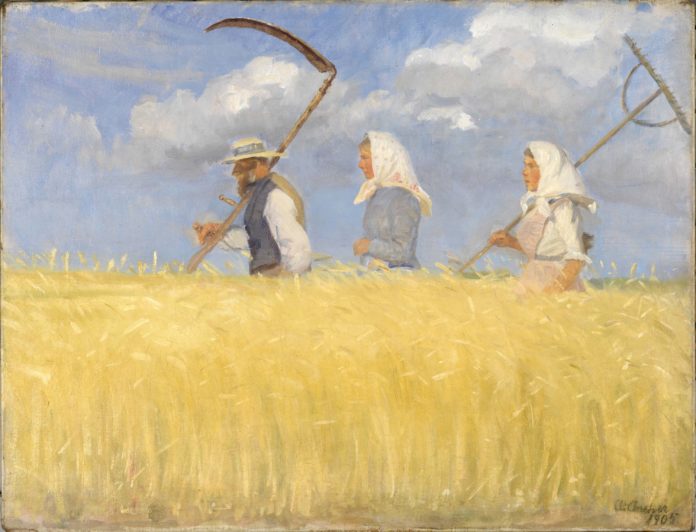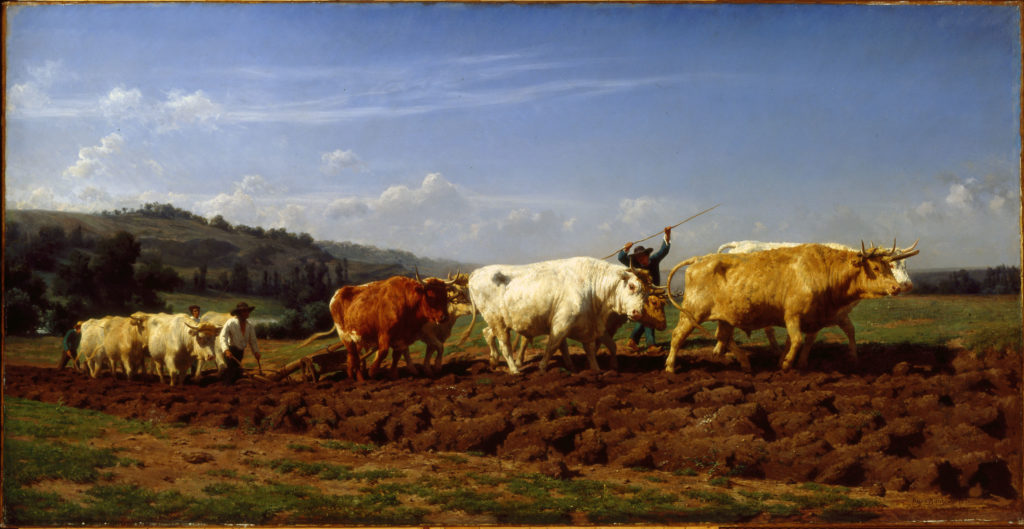
Between 1850 and 1900, Paris was the center of the art world, attracting women artists from across the globe with its museums, academies, galleries, and dynamic urban life. These groundbreaking women overcame immense obstacles to refine their art and develop their careers, staging what we now recognize as a quiet revolution. They played a pivotal role in the emergence of the first avant-garde movements, such as Impressionism and Symbolism, as well as in the dismantling of the Salon system, where training, exhibitions, and purchases were overseen by the government.

This exhibition illuminates a historical moment marked by the resolute advance of women in the art world. In 1865, Rosa Bonheur became the first woman to be awarded the coveted Légion d’Honneur, the highest decoration in France; in 1881, the Union des Femmes Peintres et Sculpteurs was created; and in 1897, women were finally granted acceptance to the École des Beaux-Arts (School of Fine Arts).

Like their male colleagues, women artists grappled with the issues of the day by taking on modern subjects, experimenting with scenes drawn from private life, and capturing startling new impressions. Yet, at the same time, they drew upon their social difference as a source of artistic inspiration. After study in Paris, many women returned to their home countries with a renewed commitment to their work, and several opened studios or schools, hosted salons, and built female-centric professional networks.

“Women Artists in Paris, 1850–1900” reveals remarkable women and the resistance, disappointment, determination, and success reflected in their works. It runs through September 3, 2018, at the Clark Art Institute in Williamstown, Massachusetts.
Sign up to receive Fine Art Today, the free weekly e-newsletter from
Fine Art Connoisseur magazine.







